Small kitchens pose unique challenges when it comes to lighting, but with the right combination of fixtures and strategies, even the smallest layouts can feel bright, functional, and welcoming. By layering ambient, task, and accent lighting, optimizing fixture scale, and incorporating both natural and artificial sources, you can transform a cramped cooking space into a well-lit haven. From recessed lights that disappear into low ceilings to under-cabinet LEDs that banish shadows, each idea here is designed to maximize light without overwhelming limited square footage. Explore these 20 tailored lighting solutions to make your small kitchen shine.
1. Recessed Lighting
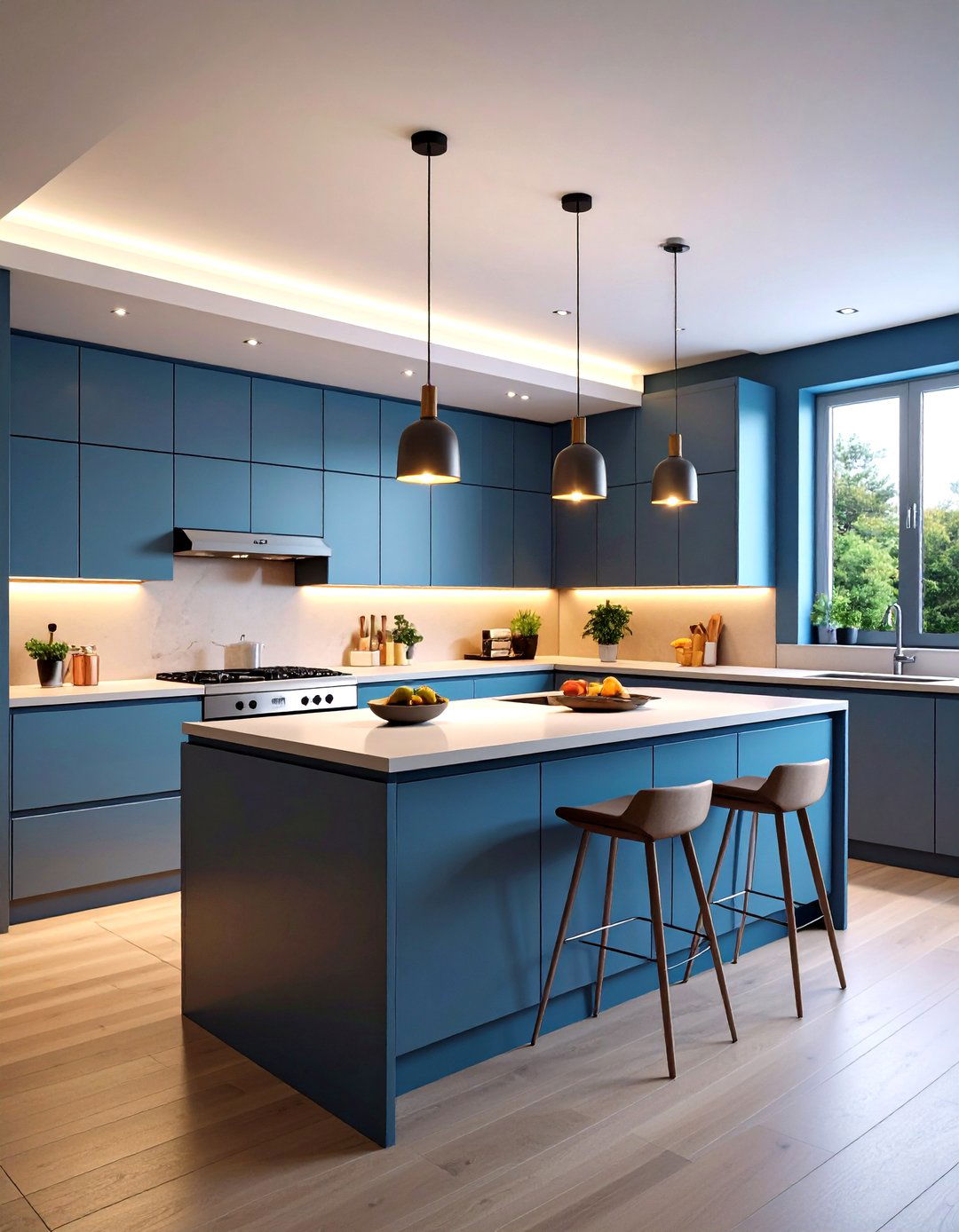
Recessed lighting provides unobtrusive ambient illumination, making it ideal for small kitchens where hanging fixtures might crowd the space. LED downlights can be spaced strategically to deliver even general lighting, eliminating dark corners and visually expanding the room. Since recessed cans sit flush with the ceiling, they preserve headroom and maintain a clean aesthetic, especially in kitchens with low ceilings. Pair with dimmers to adjust brightness for different tasks, from meal prep to casual dining, ensuring flexibility without sacrificing style.
2. Under-Cabinet Lighting

Under-cabinet lighting is a must for task illumination, casting focused light directly onto countertops where chopping, mixing, and plating happen. Slim LED strip fixtures or puck lights mount discreetly beneath upper cabinets to eliminate shadows and enhance safety during cooking. Besides functionality, under-cabinet LEDs can be set to a warmer color to create an inviting ambiance after dark, and choosing narrow-profile designs ensures they don’t detract from your cabinet style.
3. Pendant Lights

Pendant lights over a peninsula or small island add both task lighting and visual interest, acting as a focal point in compact kitchens. Opt for one or two slender pendants rather than a large cluster, ensuring fixtures are proportionate to the surface below and won’t overwhelm the ceiling plane. Adjustable-height pendants allow you to fine-tune glare and light distribution, while statement shades introduce texture and personality without sacrificing scale.
4. Flush-Mount Ceiling Lights

Flush-mount or semi-flush fixtures are perfect for small kitchens with limited ceiling height, providing general light without protruding far into the room. Modern flush-mount designs can deliver powerful illumination through integrated LEDs beneath diffusers, ensuring glare-free ambient light that reaches every corner. Available in sleek, minimalist styles, these fixtures blend seamlessly with various décor themes and help maintain an open feel in compact spaces.
5. Track Lighting
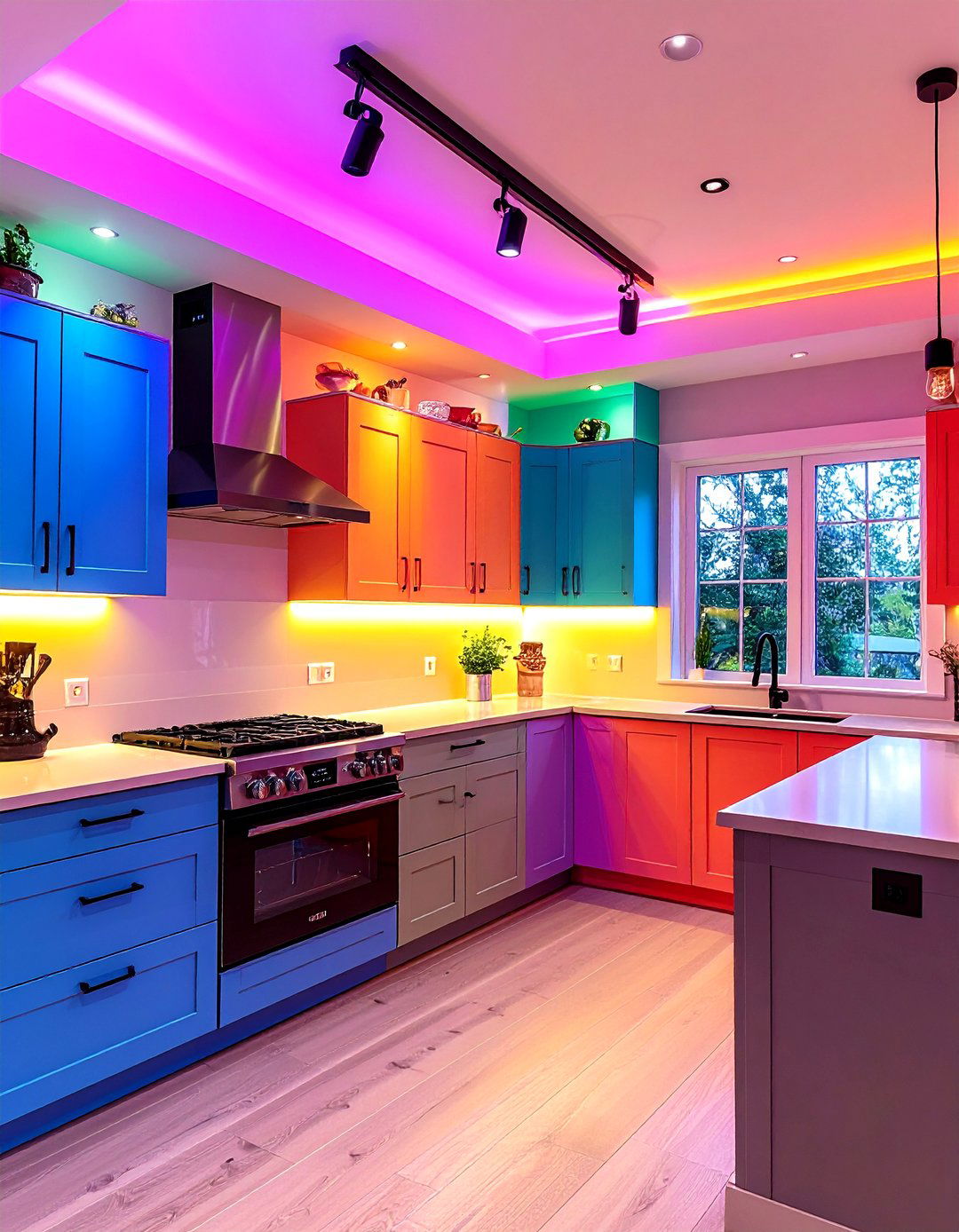
Track lighting offers versatility by allowing multiple adjustable heads along a single track, making it easy to direct light to key areas like cooktops, sinks, and prep zones. In small kitchens, choose a slim-profile track mounted close to the ceiling to minimize visual bulk. With swiveling heads, you can fine-tune task light and accent light positions as needed, adapting to different layouts or changing décor over time.
6. LED Strip Lighting
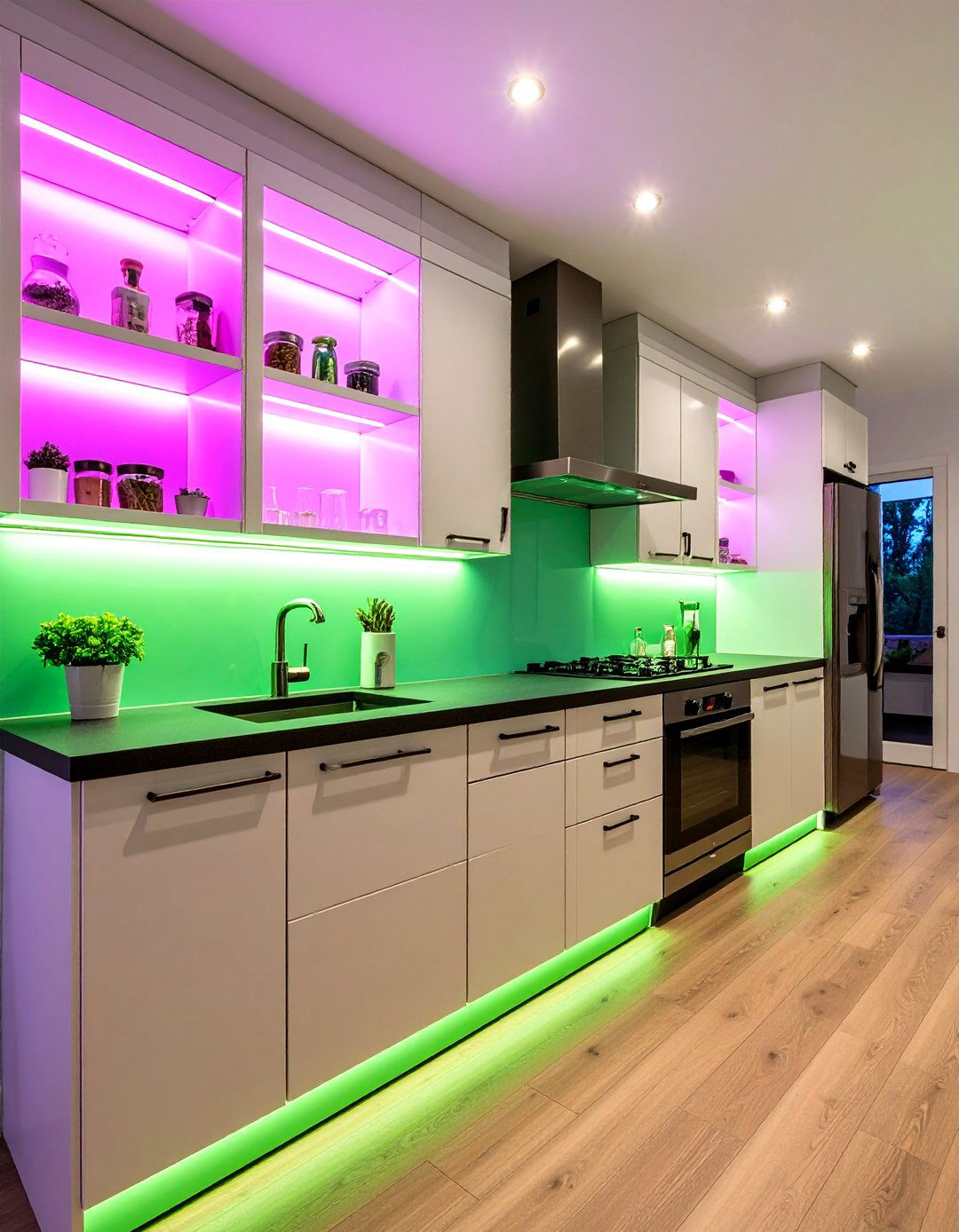
LED strip lights deliver continuous, linear illumination and can be installed in toe kicks, atop cabinetry, or along open shelving edges to create subtle accent lighting. In small kitchens, toe-kick LEDs add a floating effect to lower cabinets, making the floor appear brighter and the room more expansive. These low-voltage strips are energy-efficient and can be cut to size, ensuring a precise fit without overcrowding the space.
7. Layered Lighting
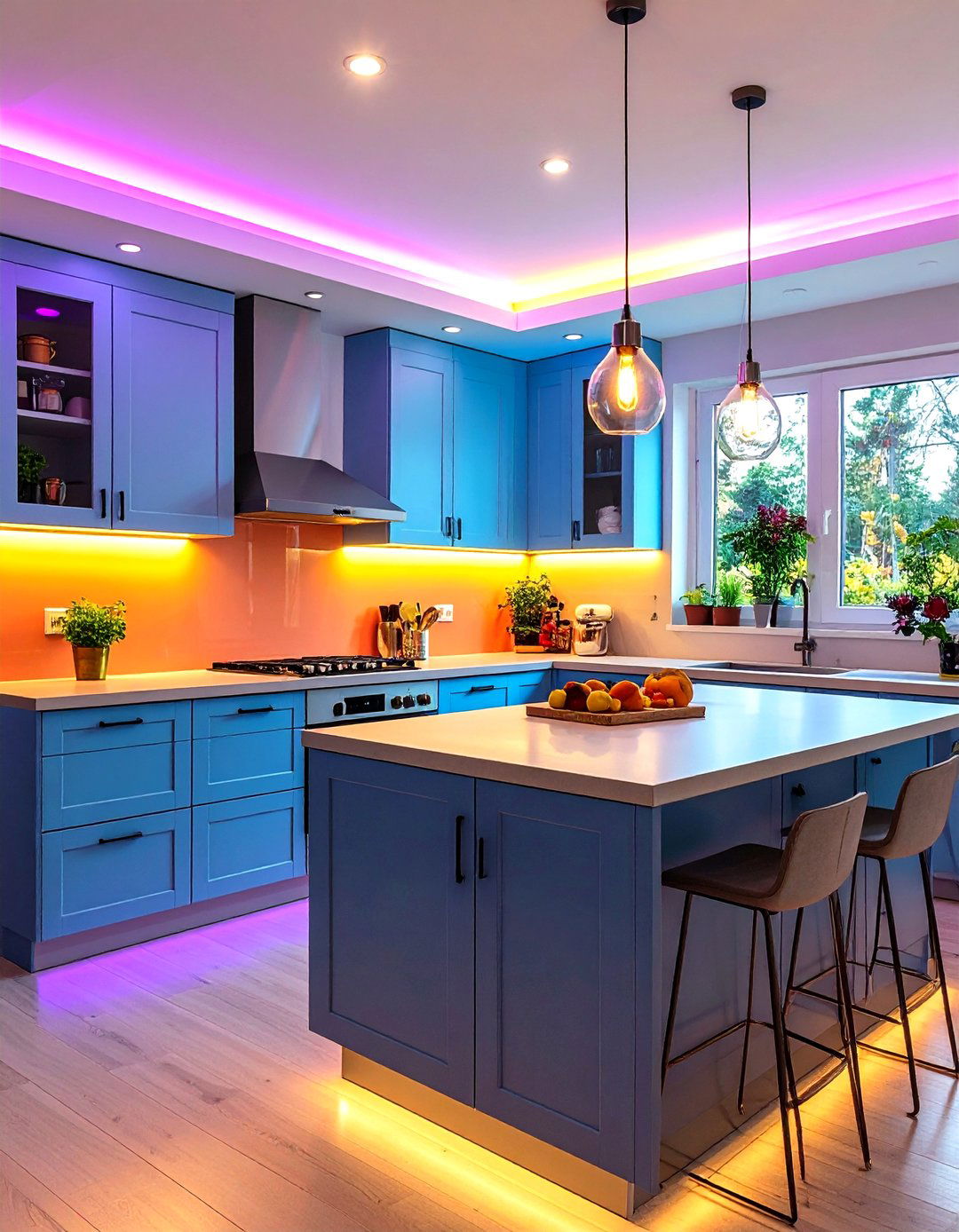
Layering ambient, task, and accent lights is crucial in a small kitchen to prevent flat, unwelcoming illumination. Begin with general light from recessed or flush-mount fixtures, add focused task lights under cabinets or above prep areas, and incorporate accent fixtures—such as wall sconces or cabinet interior lights—for depth and interest. Dimmer switches on each circuit enable control over mood and functionality, allowing you to adapt the lighting scheme for cooking, entertaining, or late-night snack runs.
8. Accent Lighting

Use accent lighting sparingly in small kitchens to highlight architectural features, artwork, or stylish backsplash tiles without cluttering the ceiling. Mini spotlights on a track, wall-mounted picture lights, or interior cabinet LEDs can draw the eye to design focal points, creating visual layers that add sophistication. Strategic accent lights also break up uniform ceilings, making the space feel larger by adding dimensional contrasts and points of interest.
9. Maximize Natural Light
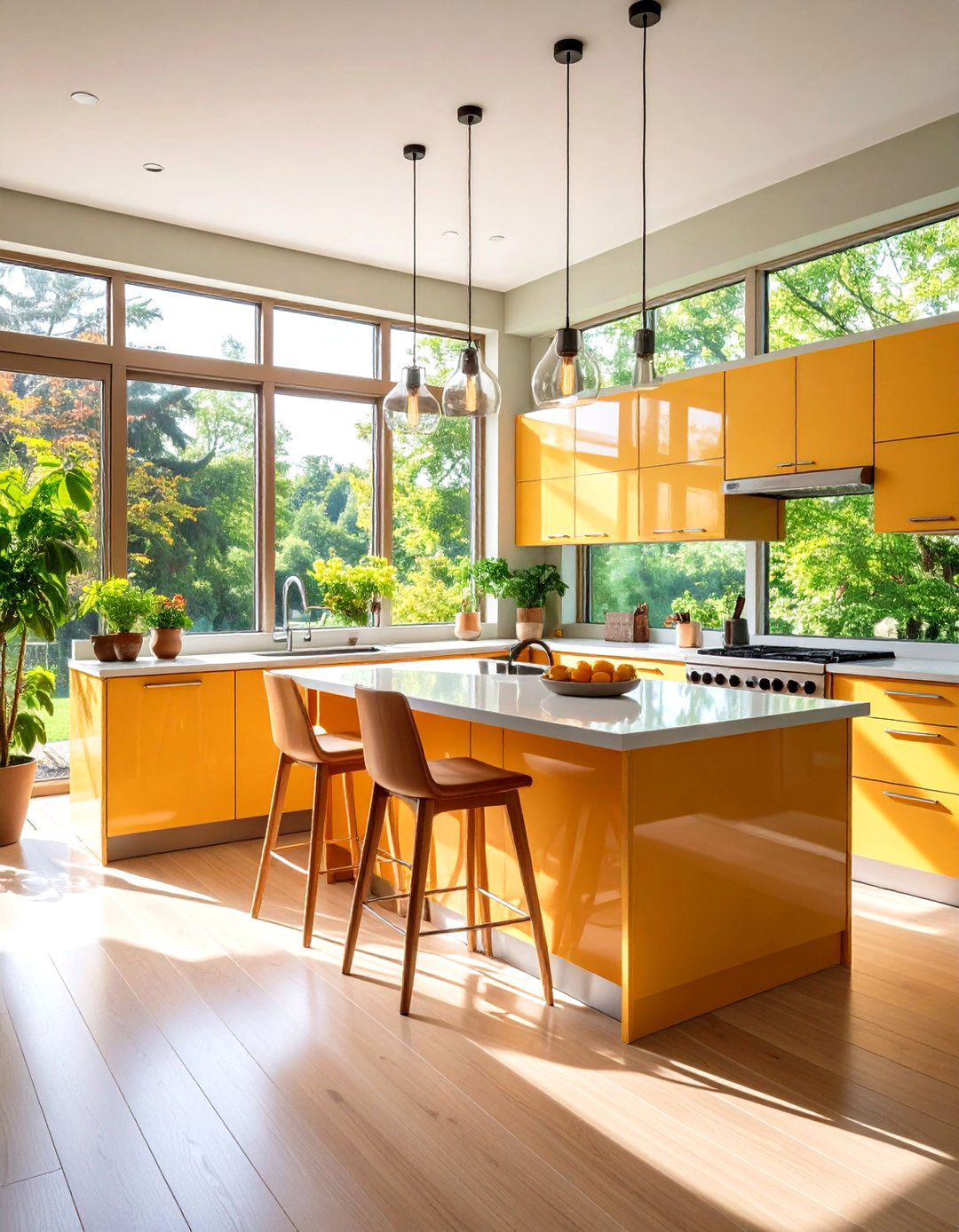
Where possible, maximize daylight through windows, skylights, or glass doors to reduce reliance on artificial light during the day. Reflective surfaces—like glossy backsplashes, polished countertops, and mirrored cabinet panels—help bounce sunlight deeper into the room, amplifying brightness in corners that might otherwise feel cramped. Even a small clerestory window high on a wall can flood a narrow space with daylight, making the kitchen feel airier and more open.
10. Statement Chandeliers
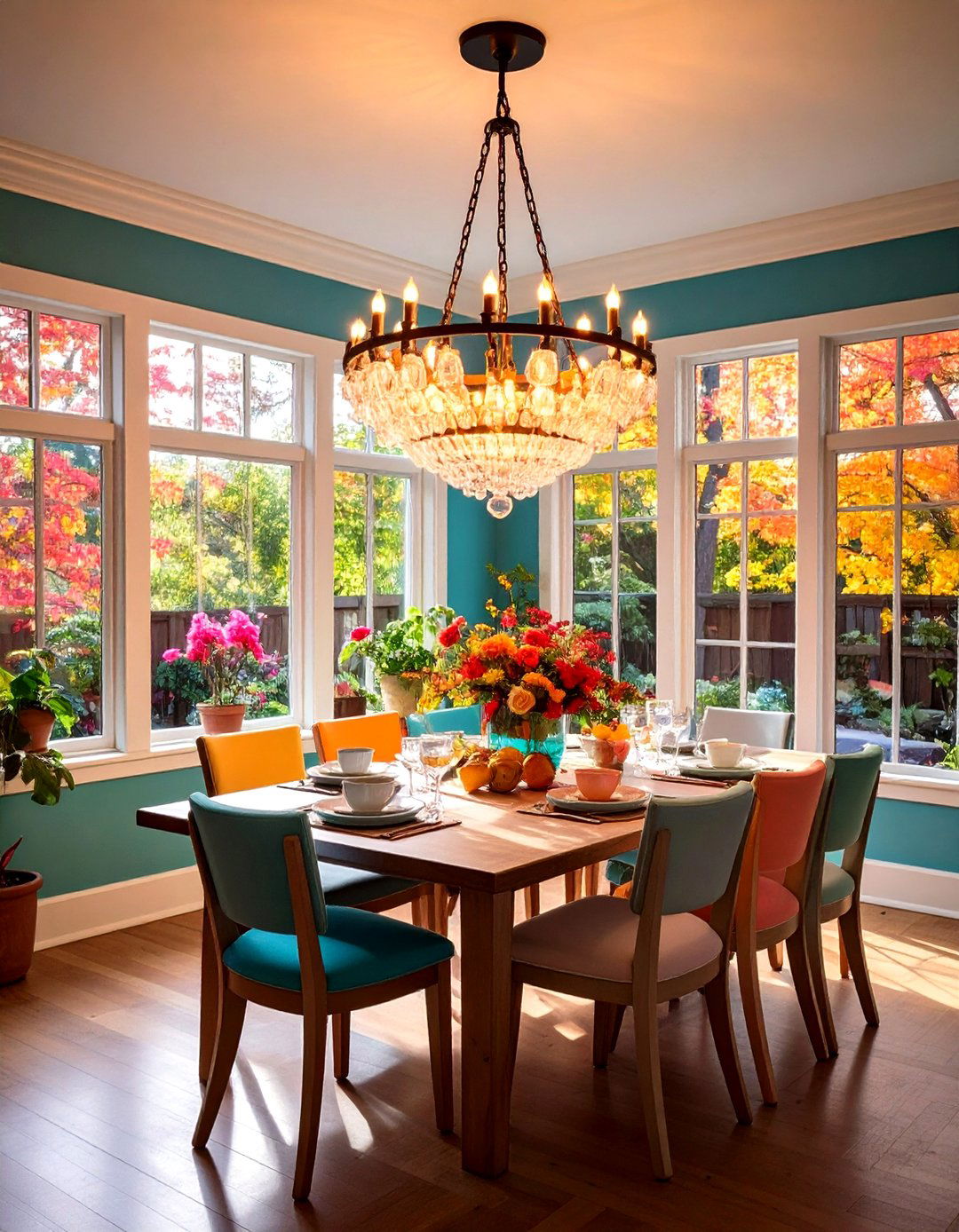
A scaled-down chandelier or semi-flush mini chandelier can serve as a dramatic centerpiece without overwhelming a small kitchen. Look for compact designs with open frameworks or crystal accents that disperse light widely, offering both sparkle and general illumination. Position above a small dining nook or breakfast bar, ensuring the fixture’s diameter doesn’t exceed two-thirds the width of the surface to maintain balance and proportion.
11. Portable Table Lamps
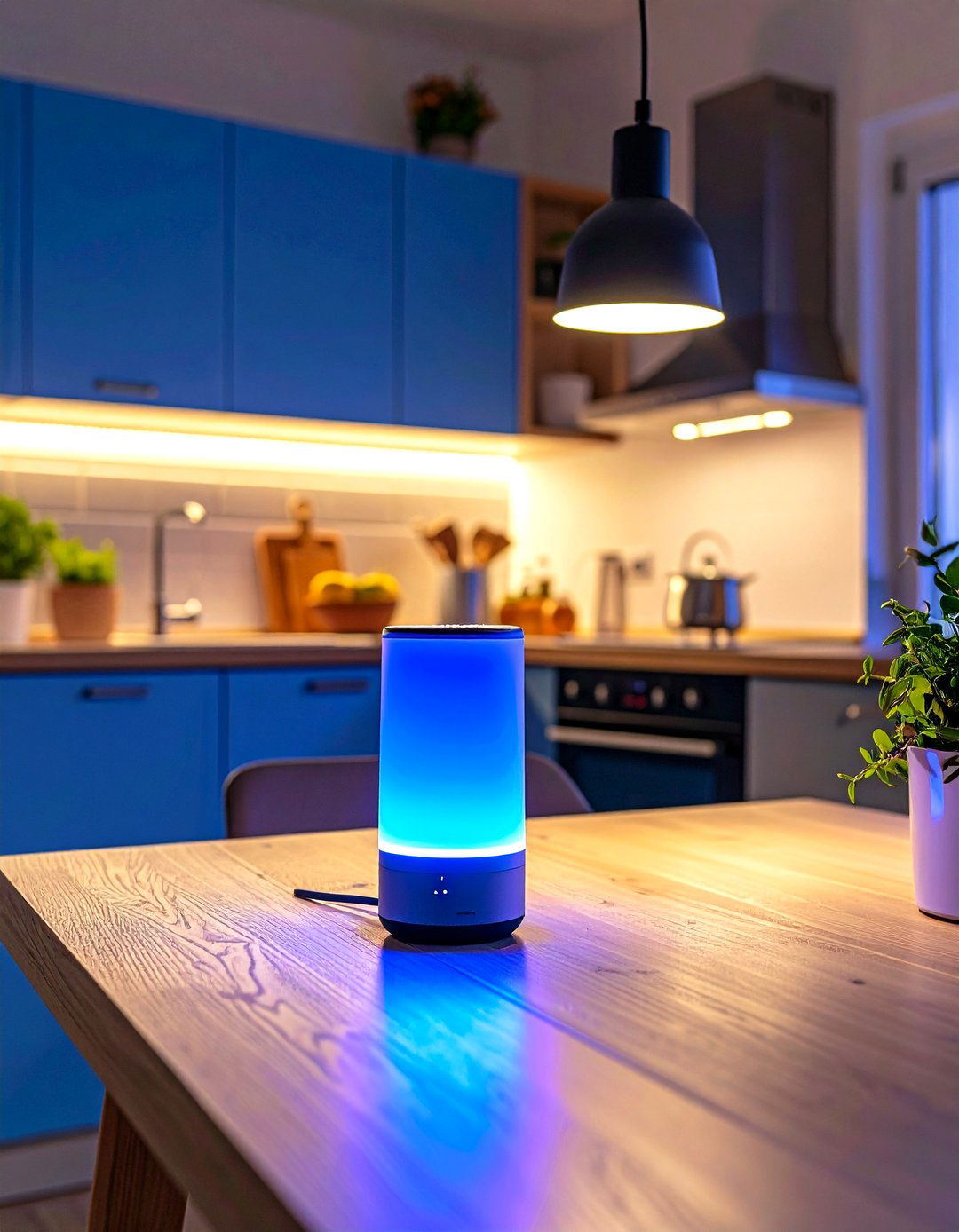
In kitchens with open shelving or a countertop dining area, portable table lamps rated for kitchen use can provide flexible accent lighting. Choose small, rechargeable LED lamps for counter corners or breakfast nooks; when not needed, simply tuck them into a cabinet to reclaim space. These lamps offer warm, inviting glow for evening ambiance and double as emergency lights during power outages, adding both charm and utility.
12. Toe-Kick Lighting
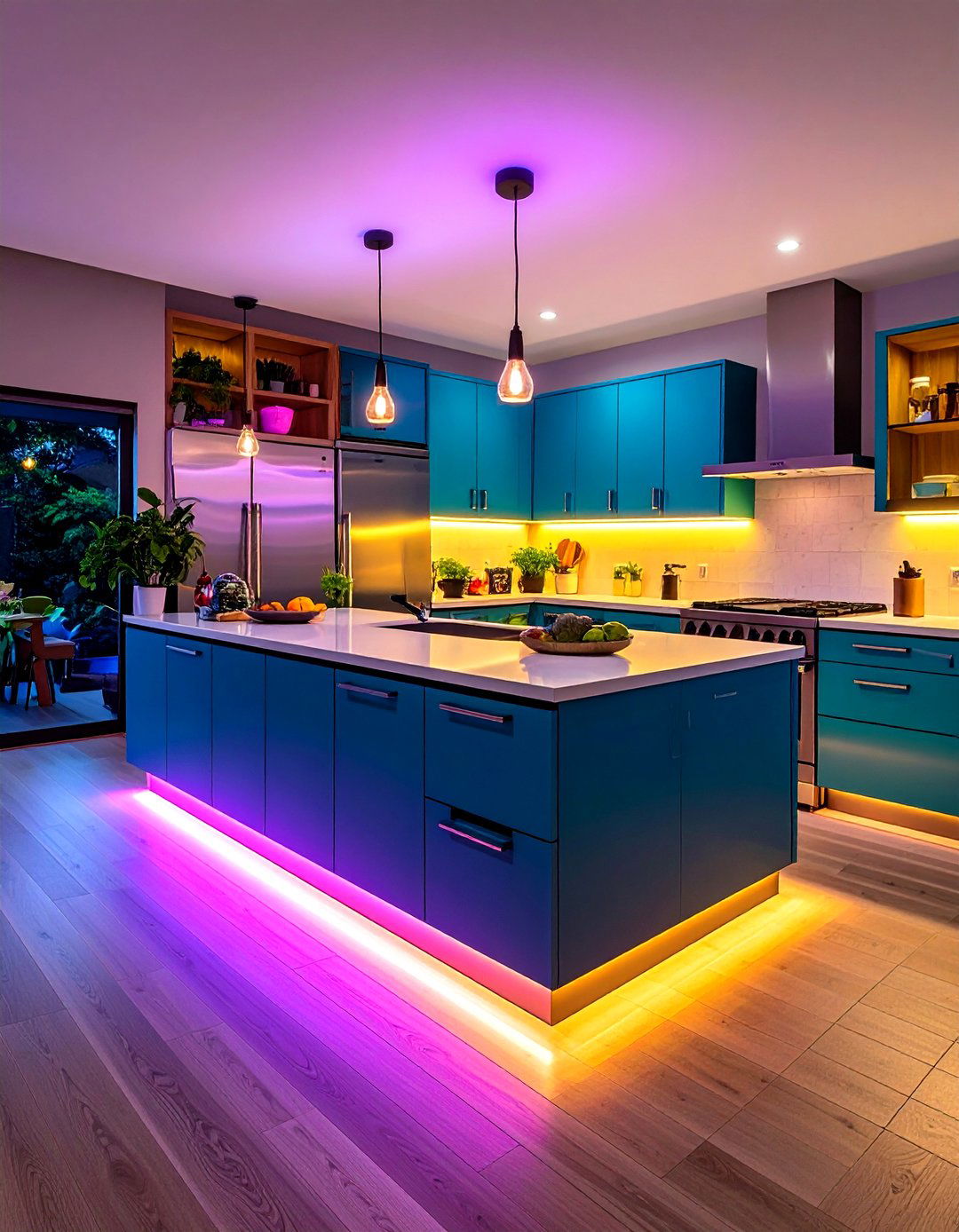
Toe-kick lighting beneath base cabinets uplifts the cabinetry visually, creating the illusion of floating units and making floors appear brighter. Narrow LED profiles installed in the recessed kickboard area emit a soft glow that serves as subtle guide lighting at night, improving safety and contributing to a spacious feel. Because LEDs generate minimal heat, they’re safe for prolonged operation, enhancing both aesthetics and practicality.
13. Smart Lighting Controls
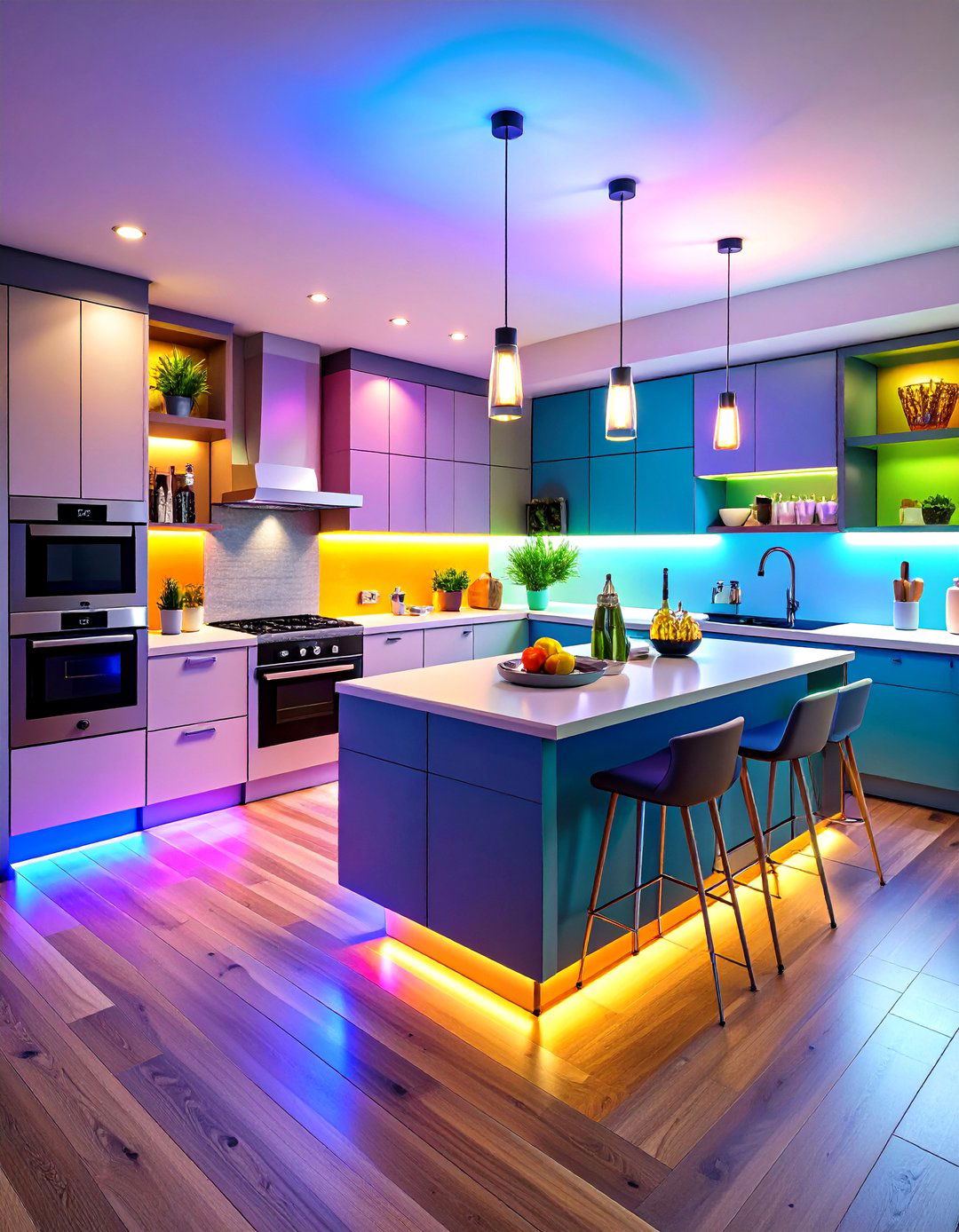
Integrate smart switches, dimmers, and color-tunable bulbs to adapt kitchen lighting for different scenarios—bright white for cooking and softer hues for dinner or entertaining. Voice control and smartphone apps offer hands-free adjustment, particularly useful when your hands are full of ingredients. Automation features like motion sensors under cabinets can turn lights on as you enter the kitchen, boosting convenience and energy efficiency in compact spaces.
14. Color Temperature Choices
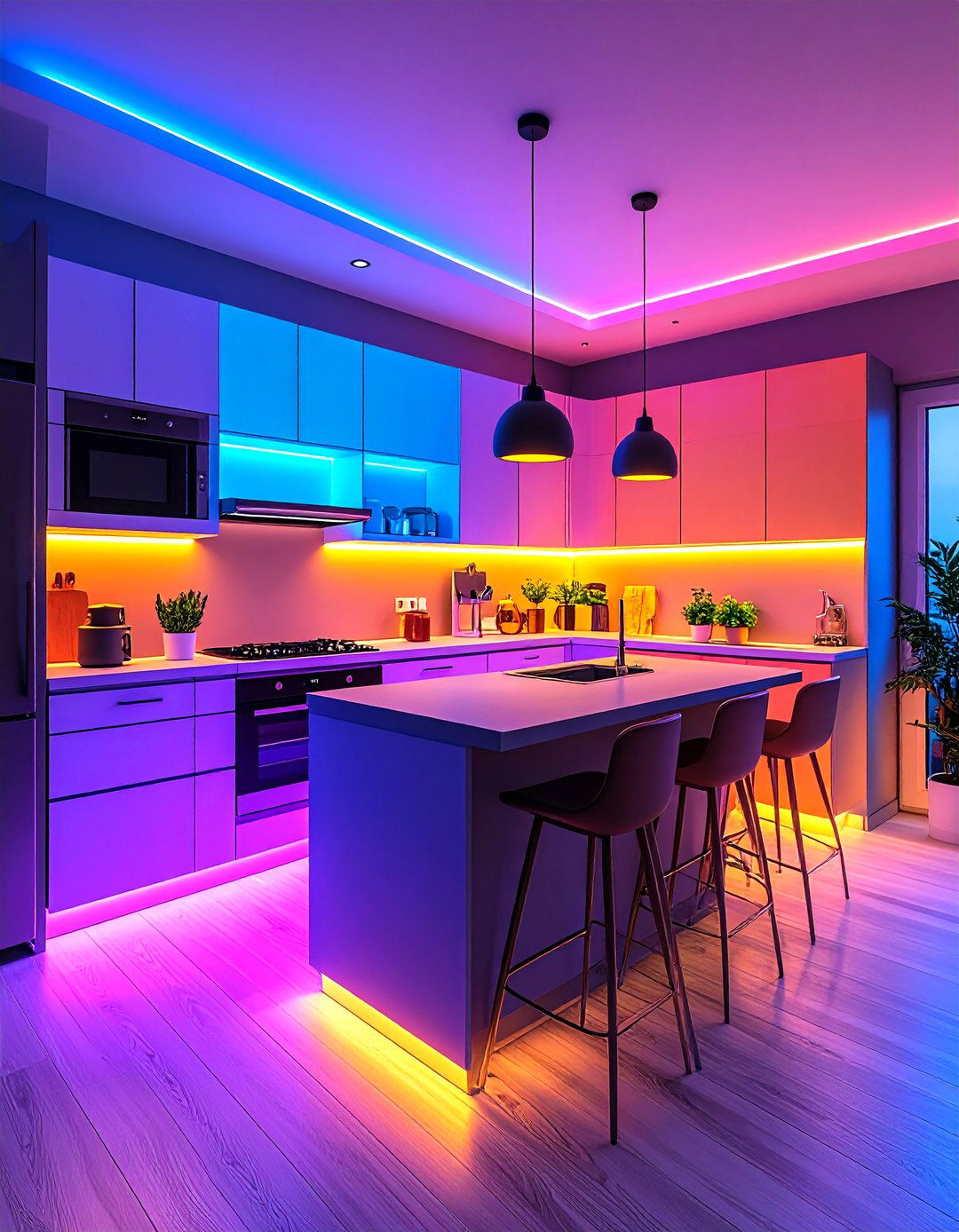
Selecting the right color temperature can drastically affect how spacious and inviting a small kitchen feels. Daylight-white LEDs (around 4000K) provide crisp task lighting for prep areas, while warmer tones (2700–3000K) on accent and under-cabinet fixtures offer a cozy contrast in dining nooks. Mixing temperatures thoughtfully helps delineate work zones and relaxation spaces without increasing fixture count, essential in tight layouts.
15. Minimalist Fixtures
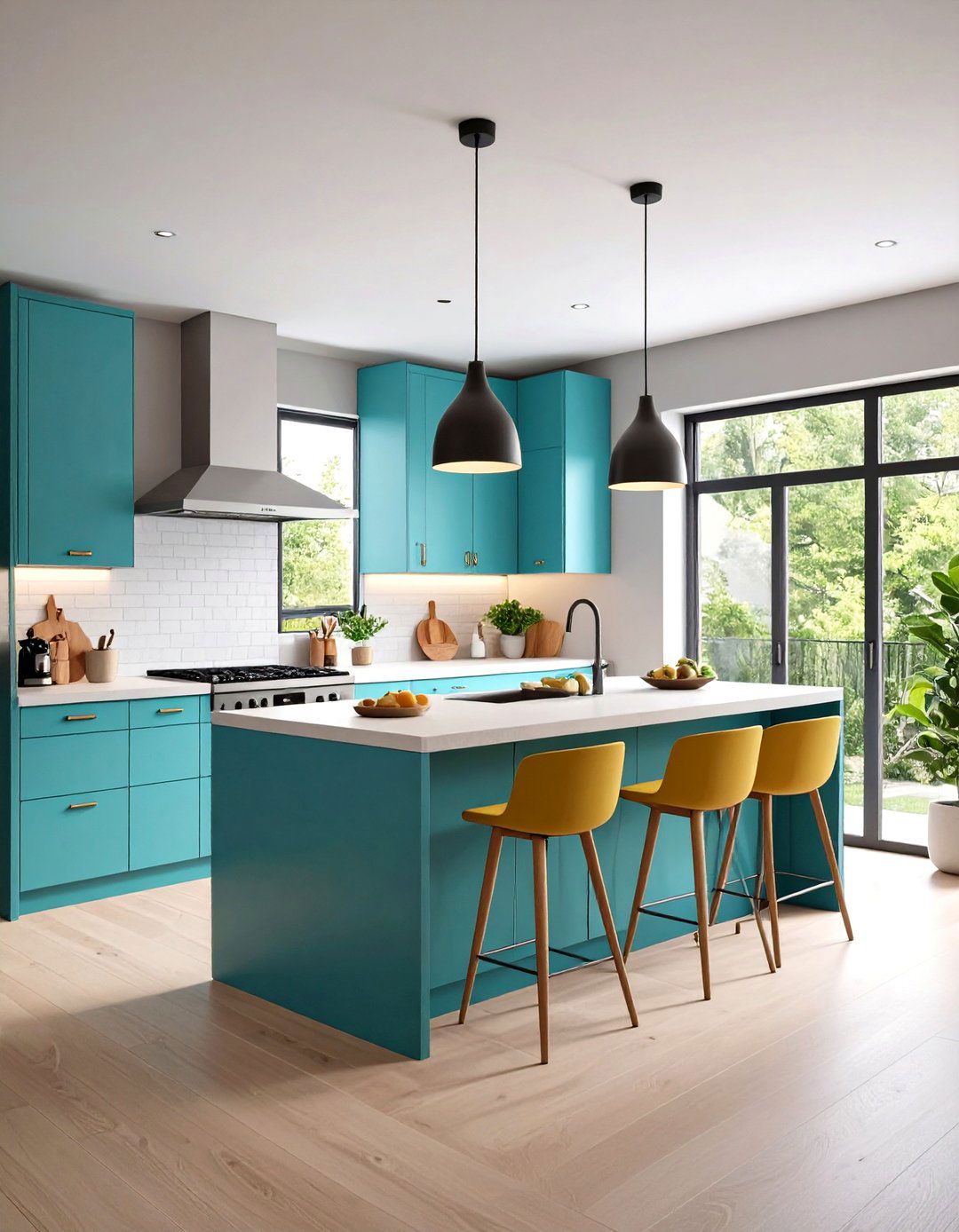
Opt for fixtures with slender profiles and minimal hardware to avoid visual clutter in a small kitchen. Slim rod pendants, low-profile flush mounts, and linear LED bars eliminate bulky silhouettes, keeping sightlines clean and emphasizing spaciousness. Minimalist designs also tend to be more versatile in style, seamlessly integrating with evolving décor trends without needing frequent updates.
16. Compact Skylights

If structural conditions allow, a compact tubular skylight or small fixed skylight can infuse natural light into the heart of a narrow galley kitchen. Tubular daylighting devices (TDDs) channel roof light through reflective tubes into a diffuser, brightening even windowless kitchens during the day. This solution reduces dependency on electric lights and connects the space with the outdoors, amplifying perceived volume and airiness.
17. Reflective Surfaces
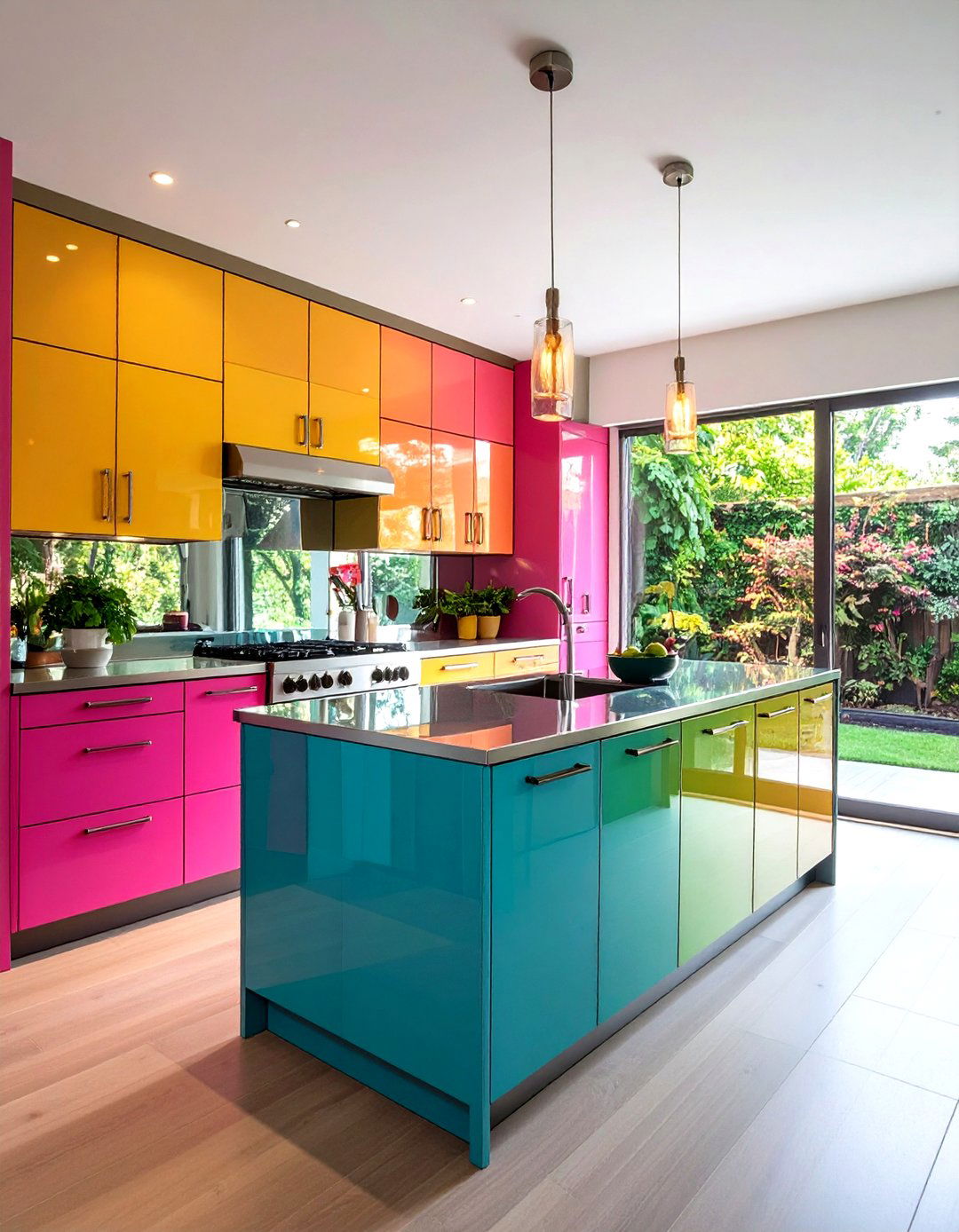
Incorporate reflective finishes—such as mirrored backsplashes, high-gloss cabinetry, and polished metal fixtures—to amplify both natural and artificial light. These surfaces bounce light throughout the room, reducing the need for multiple fixtures and making the kitchen feel larger. Even small metallic hardware, like chrome pulls or brass knobs, can contribute to an overall luminous effect in compact spaces.
18. Dimmable Lighting
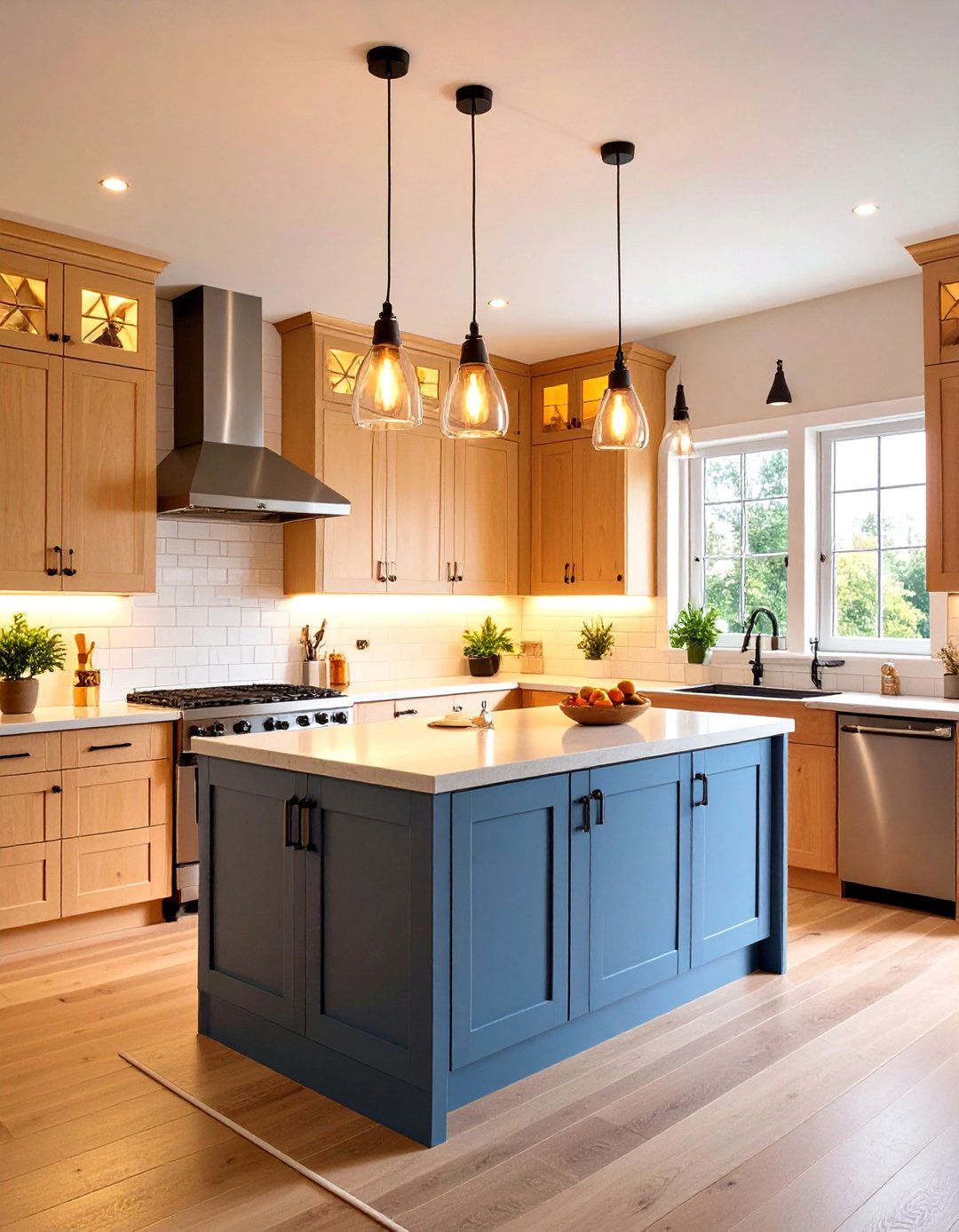
Installing dimmable circuits for all major light sources provides maximum control over ambiance and brightness, enabling you to conserve energy and adjust for different activities. Lowering the intensity in the evening softens the atmosphere for casual dining, while ramping up to full power during meal prep ensures optimal visibility without adding extra fixtures. Compact kitchens especially benefit from this versatility, reducing the need for separate on/off switches for each light type.
19. Integrated Lighting Solutions
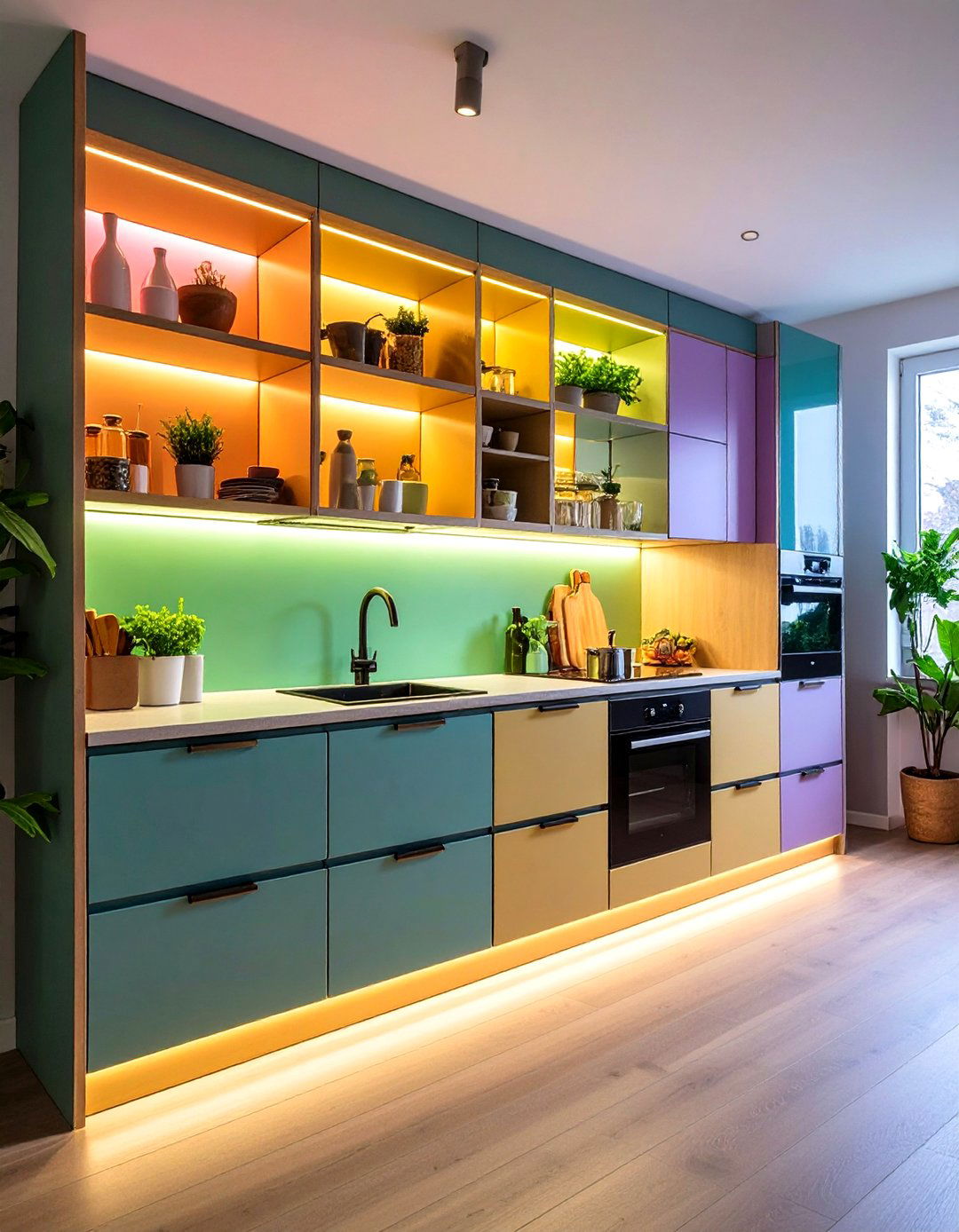
Choose cabinetry and shelving systems with built-in LED modules to streamline installation and hide wiring. Integrated lighting eliminates the need for separate fixtures on cabinet bottoms or open shelves, preserving headroom and creating a seamless, modern look. Many manufacturers offer plug-and-play solutions with low-voltage wiring harnesses, making upgrades feasible even in rental kitchens where extensive rewiring isn’t possible.
20. Open Shelving Lighting

Open shelving in small kitchens can be illuminated with small clip-on LED puck lights or stick-on strips to highlight decorative dishes and cookbooks. This targeted accent lighting not only showcases your collection but also adds depth by casting soft shadows on the wall behind the shelves. Because these lights are typically battery-powered or USB-operated, they require minimal installation and avoid consuming valuable cabinet or wall space.
Conclusion:
By thoughtfully combining unobtrusive ambient fixtures, focused task lights, and strategic accent elements, you can craft a layered lighting scheme that maximizes both function and style in a small kitchen. Emphasizing slim profiles, integrated solutions, and intelligent controls keeps the space from feeling overcrowded, while reflective finishes and natural light sources amplify brightness without adding bulk. Whether you choose recessed LEDs, under-cabinet strips, or a scaled-down chandelier, these 20 ideas will illuminate every corner, streamline your workflow, and transform your compact cooking area into a bright, inviting culinary retreat.


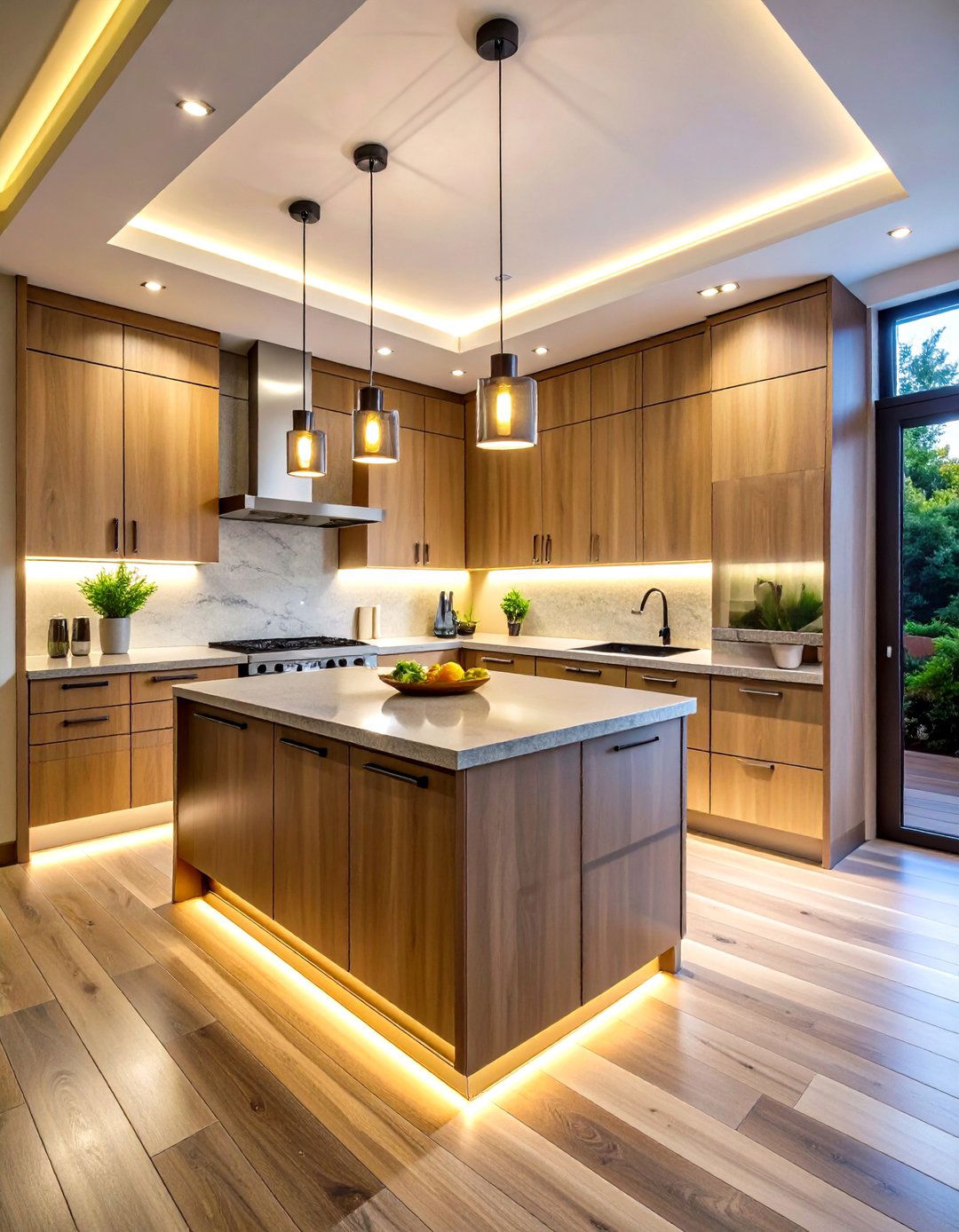
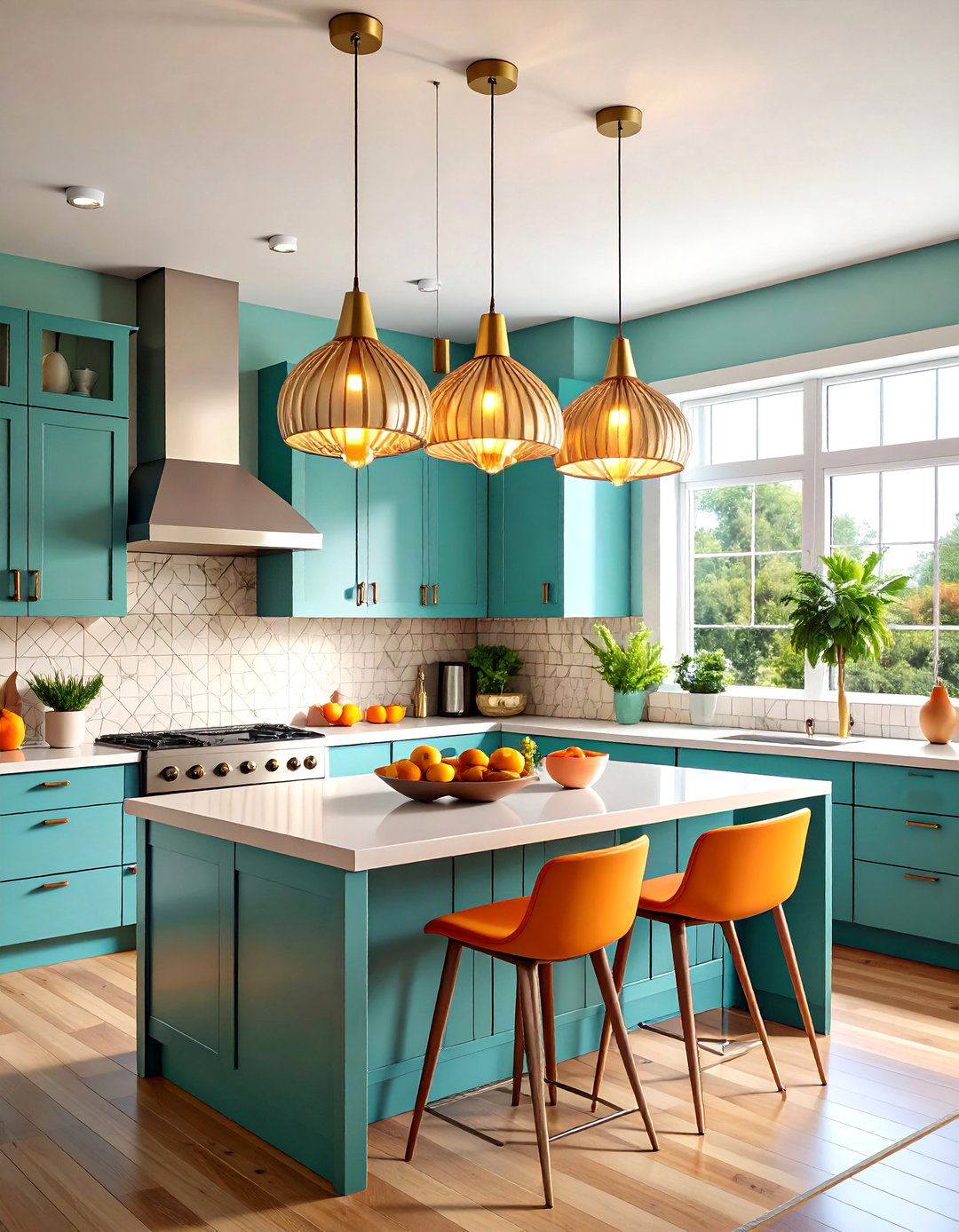
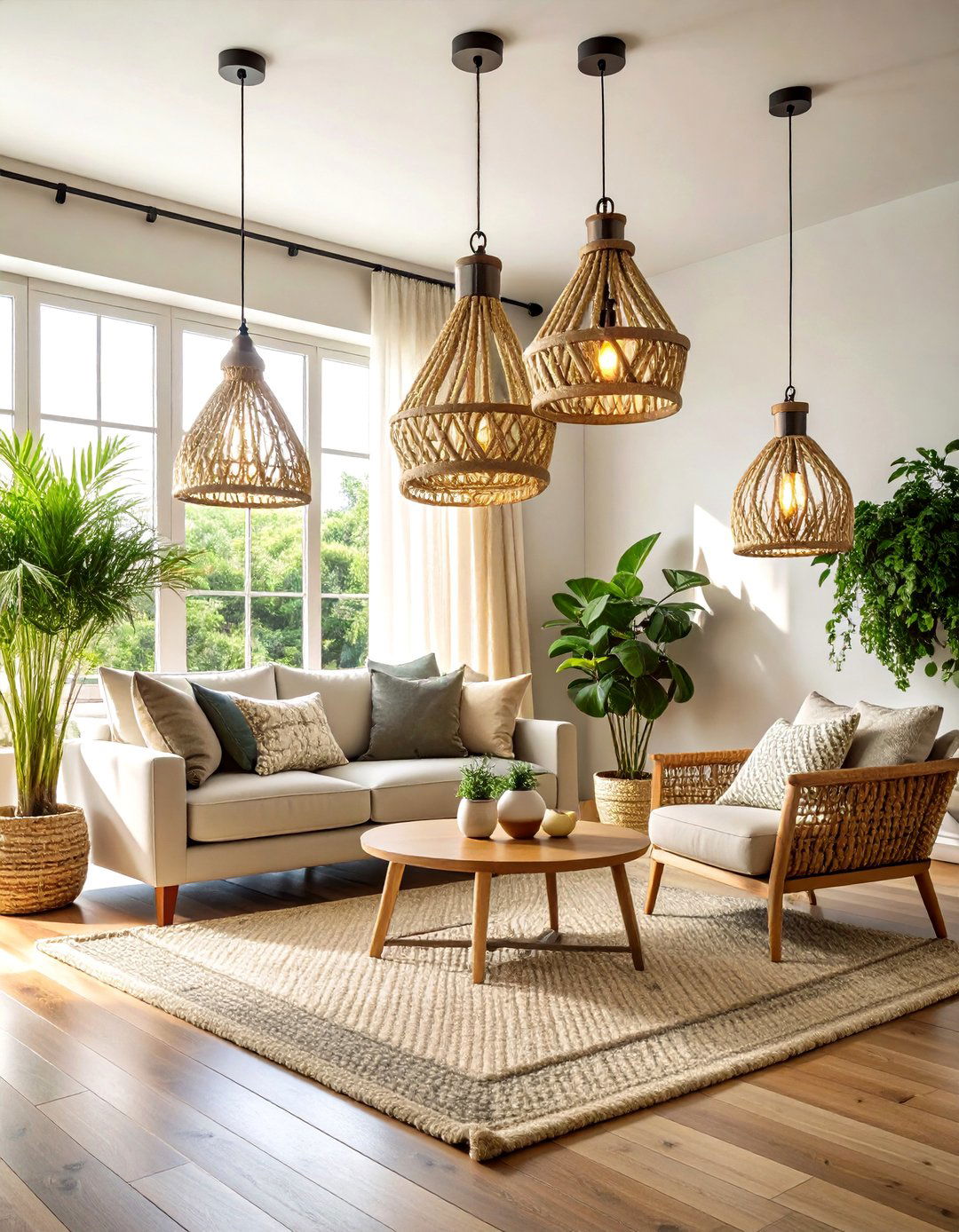




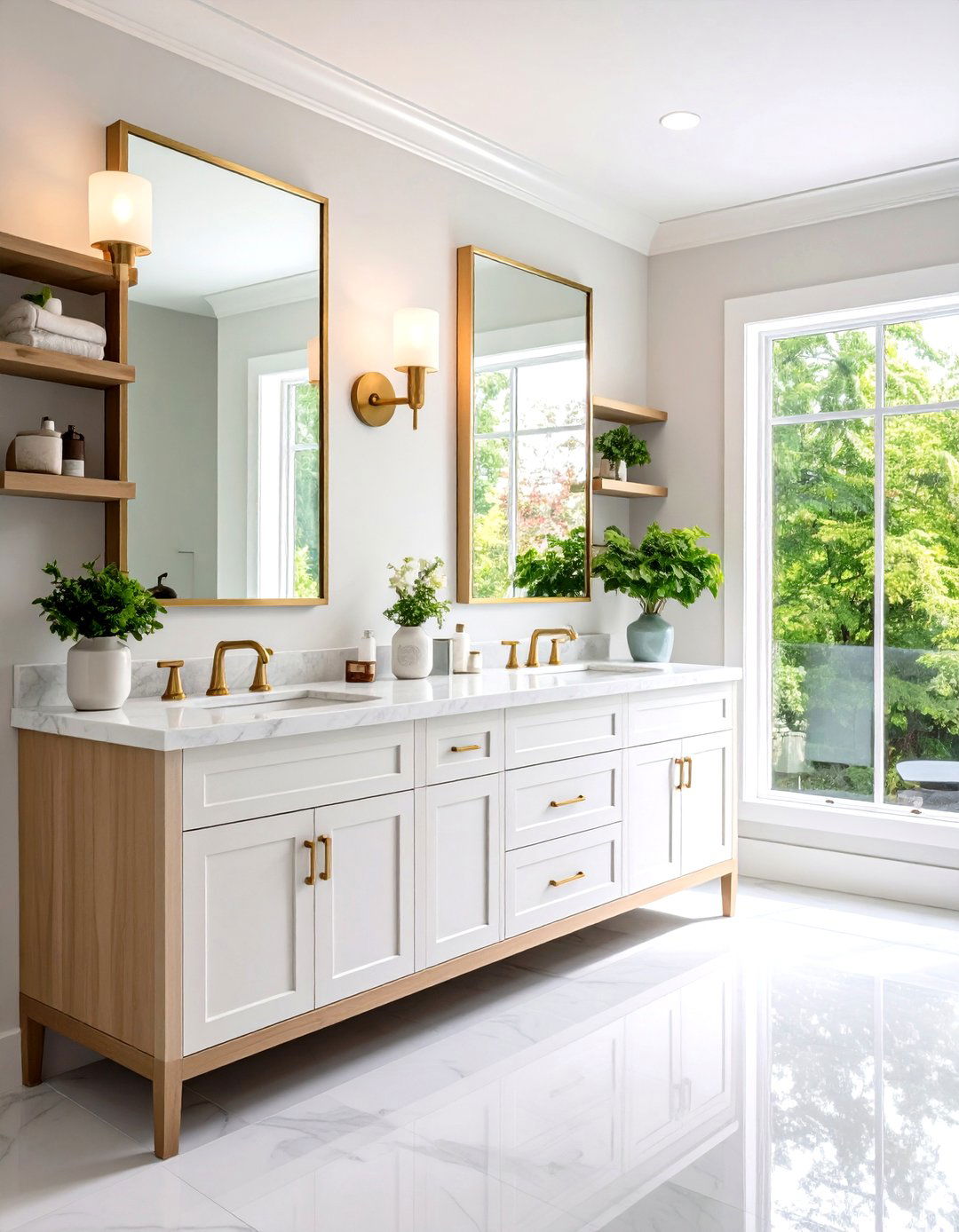
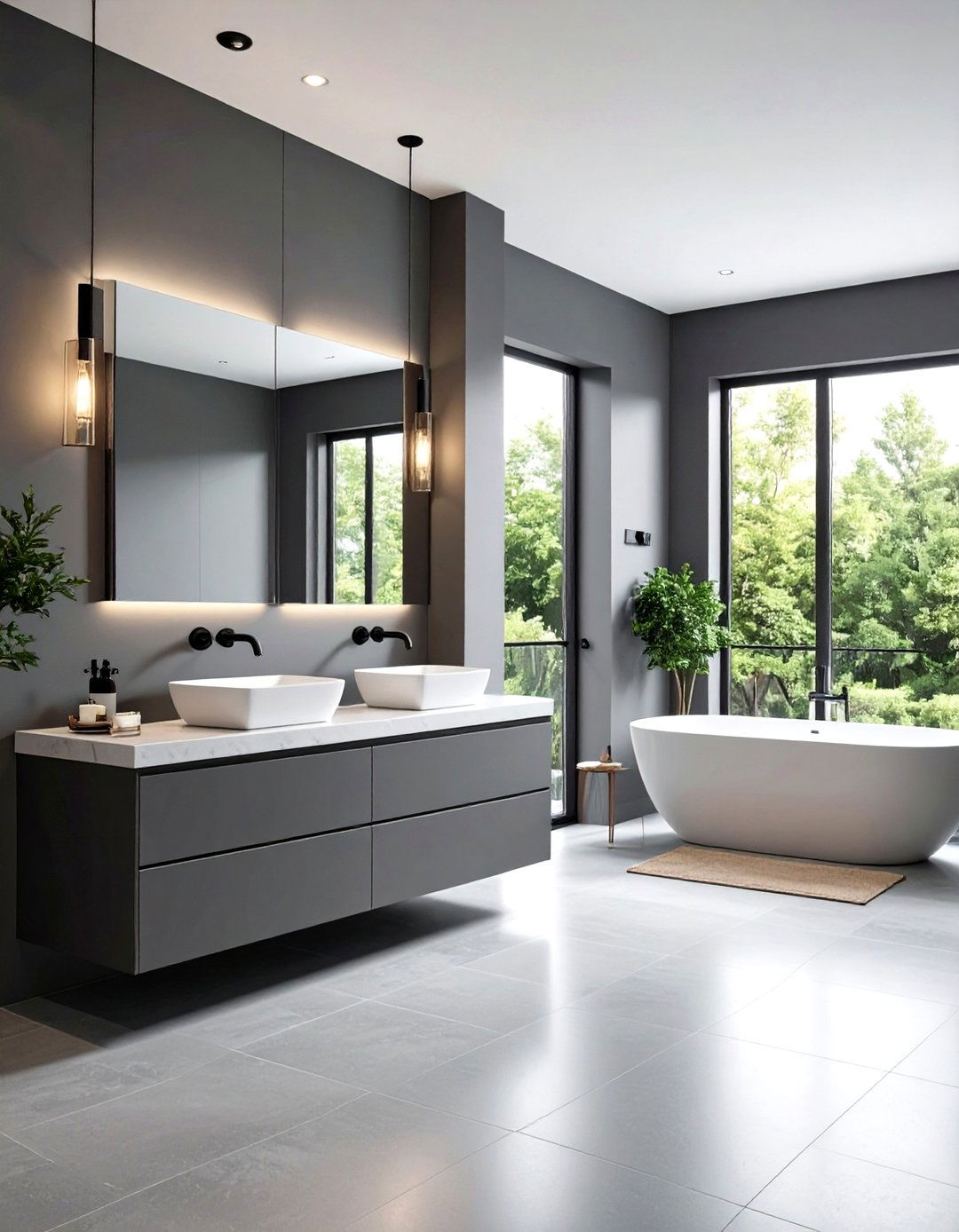

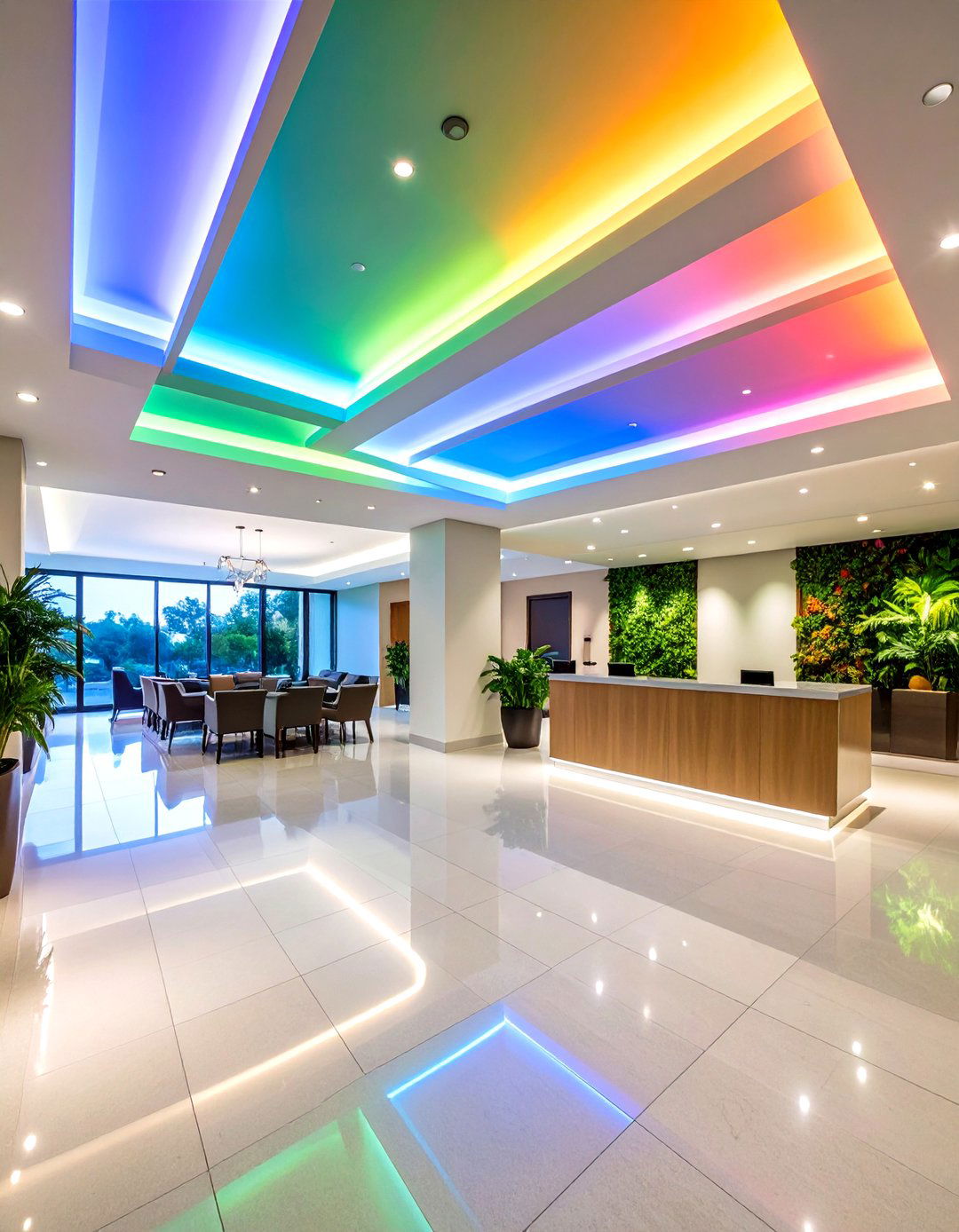
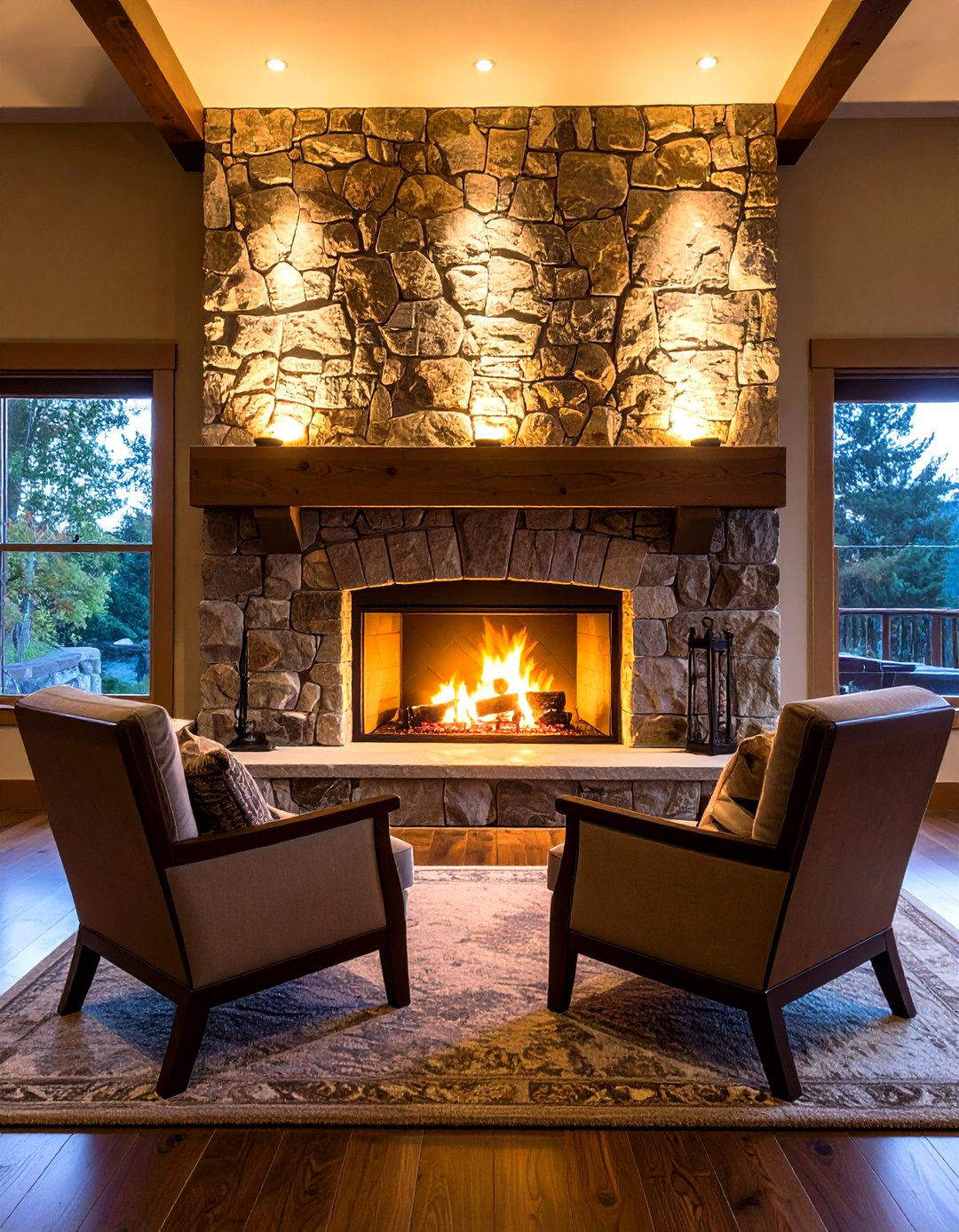

Leave a Reply